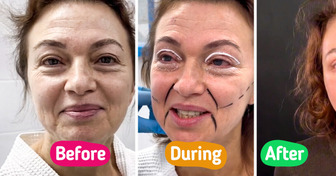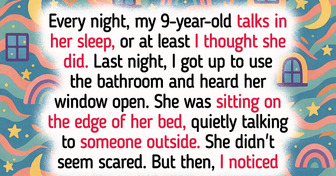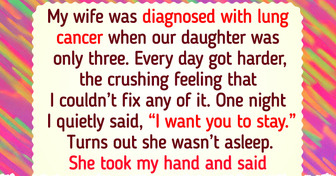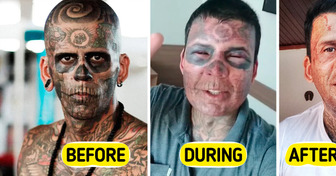I Refused to Postpone Retirement to Support My Adult Son and His Reaction Was Unpredictable
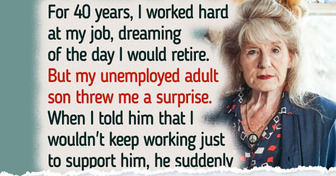
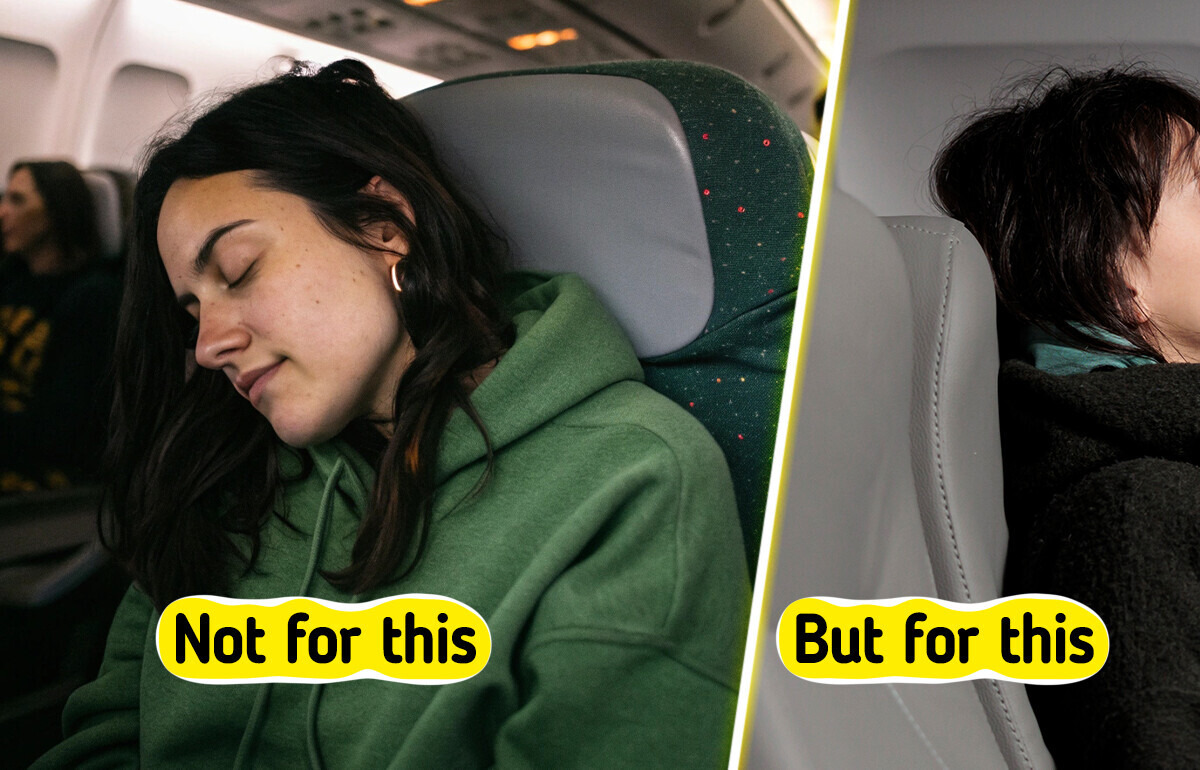
Safety is the top priority in air travel, so unusual in-flight procedures usually have a good reason. For example, dimming the cabin lights during takeoff and landing isn’t just to help you sleep. Curious why? Keep reading to discover the surprising — and serious — reason. Plus, get the real story behind two other common crew actions that are often misunderstood.
Dimming the lights during takeoff and landing on night flights might seem like a way to help passengers sleep, but it actually serves an important safety purpose.
This procedure only happens when it’s dark outside. “The lights in the cabin are dimmed at dusk and when it’s dark out, so your eyesight can adjust in order to more easily evacuate the aircraft,” explains Sue Fogwell, a former United Airlines flight attendant.
This way, if an emergency evacuation is needed, your eyes will already be adjusted to the darkness, helping you exit quickly and safely.
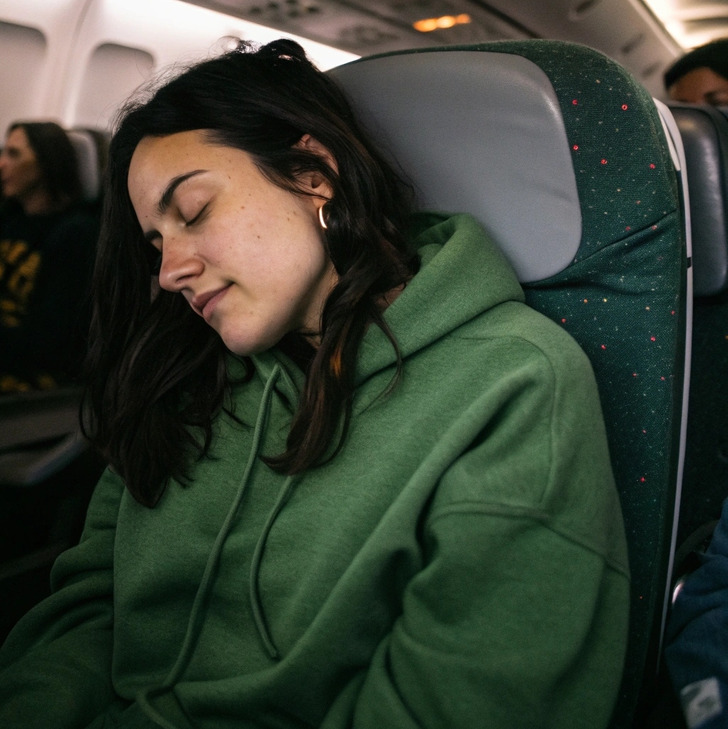
When moving from a bright environment to a dark one, it can take our eyes 20 to 30 minutes to fully adjust, allowing for improved vision in low light. In the event of an emergency landing requiring evacuation, having your eyes adapted to darkness can significantly enhance your ability to act quickly. Sue Fogwell explains that adjusted vision makes it easier to “see the floor lights that lead to exits,” improving your chances of a safe and swift exit.
Dimming the cabin lights during takeoff and landing also reduces glare on the windows, helping crew and passengers spot hazards outside such as fire, smoke, or debris more easily.
Similarly, if it’s bright outside, flight attendants will turn the cabin lights on to prevent you from being blinded as you exit the plane. These seemingly minor adjustments are carefully designed to optimize conditions for a safe and efficient evacuation.
So, a dim cabin basically helps your body to launch its survival mechanisms. It allows your eyes to adjust so that they can see not only what’s in the plane but also what’s outside. If the cabin appears too bright, crew and passengers just won’t be able to see out of the windows.
These seemingly minor measures can become crucial during an emergency, where crewmembers must evacuate a flight within 90 seconds or less, as required by the Federal Aviation Administration (FAA).
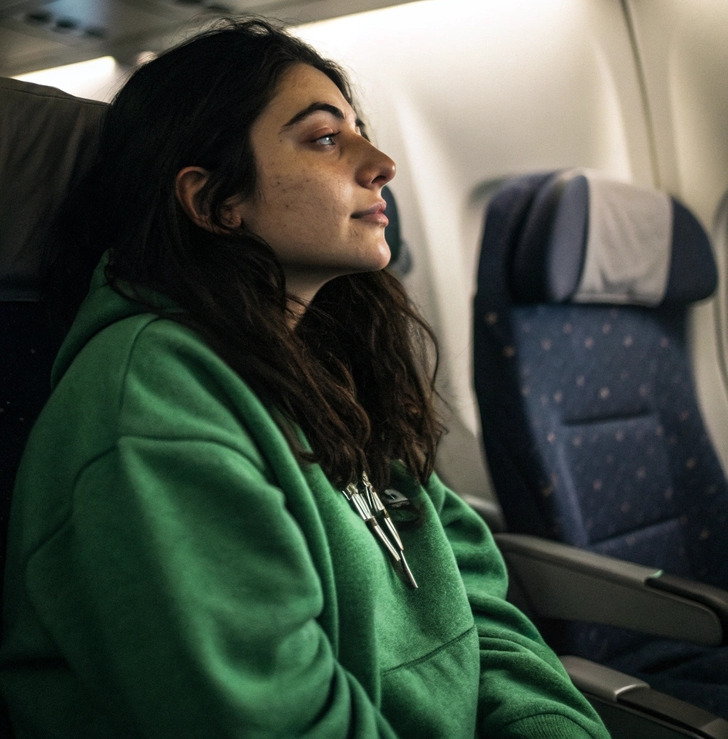
Frequent fliers, you know the drill. As your plane prepares for its final approach, flight attendants walk the aisles to ensure seats are in the upright position — even if you’re sound asleep. But why is this necessary? Technically, it’s the law.
According to part 121 of the U.S. Code of Federal Regulations, “no air carrier may take off or land an airplane unless each passenger seat back is in the upright position.”
This seemingly minor task is enshrined in federal law for a clear reason: safety. “In the upright position, the seat is locked and most robust to withstand any force from a potential impact,” explains Hans Mast, a former pilot and current travel agent with Golden Rule Travel. A reclined seat isn’t locked into place, meaning a sudden stop could cause it to lurch forward, potentially catapulting its occupant. Conversely, rapid acceleration could cause the seat to slam backward. “The airplane’s inertia can change the seatback’s angle, which could potentially crush the knees of the passenger sitting behind,” adds Dan Bubb, a former pilot and professor at the University of Nevada, Las Vegas.
If you love the window seat, you’ve probably heard the debate over whether to keep the shade open or closed. While that’s up to you and your seatmate, there are two moments when it must be open: takeoff and landing. Many airlines require window shades to stay up during these critical phases.
“Raising your window shade during takeoff and landing makes it easier for the flight attendants to assess any exterior hazards, like fire or debris, that might interfere with an emergency evacuation,” pilot Patrick Smith explained. “It also helps you remain oriented if there’s a sudden impact with rolling or tumbling.”
But why specifically during takeoff and landing? “Window shades should always be up for takeoff and landing because those are the times that incidents or accidents are most likely to occur,” Lisa, a former American Airlines flight attendant explained.
Don’t miss our other article where a travel expert weighs in on whether solo passengers should switch seats to let families sit together.




